King Kong (1933)
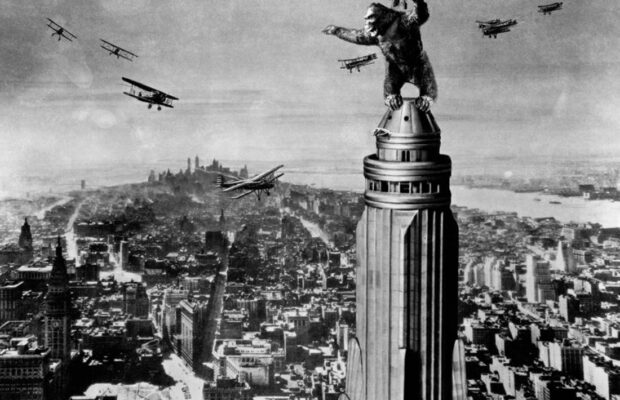
Toronto Film Society presented King Kong (1933) on Monday, August 23, 1982 in a double bill with Summertime as part of the Season 35 Summer Series, Programme 7.
Production Company: RKO. Executive Producer: David O. Selznick. Directors: Merian C. Cooper and Ernest B. Schoedsack. Story: Edgar Wallace and Merian C. Cooper. Adaptation: James Creelman and Ruth Rose. Music: Max Steiner. Idea created by: Merian C. Cooper. Art Directors: Carroll Clark and Al Herman. Photography: Edward Linden, Verne Walker, J.O. Taylor. Sound Effects: Murray Spivak.
Cast: Robert Armstrong (Carl Denham), Fay Wray (Ann Darrow), Bruce Cabot (Jack Driscoll), Frank Reicher (Captain Englehorn), Victor Wong (Charley), Noble Johnson (Native Chief), Steve Clemento (Witch King), James Flavin (Second Mate), Sam Hardy (Weston), Roscoe Ates (Photographer), Dick Curtis (Crewman), Paul Porcasi (Fruitseller), Leroy Mason (Theater Patron), Sandra Shaw (Woman dropped by Kong), AND King Kong, the Eighth Wonder of the World.
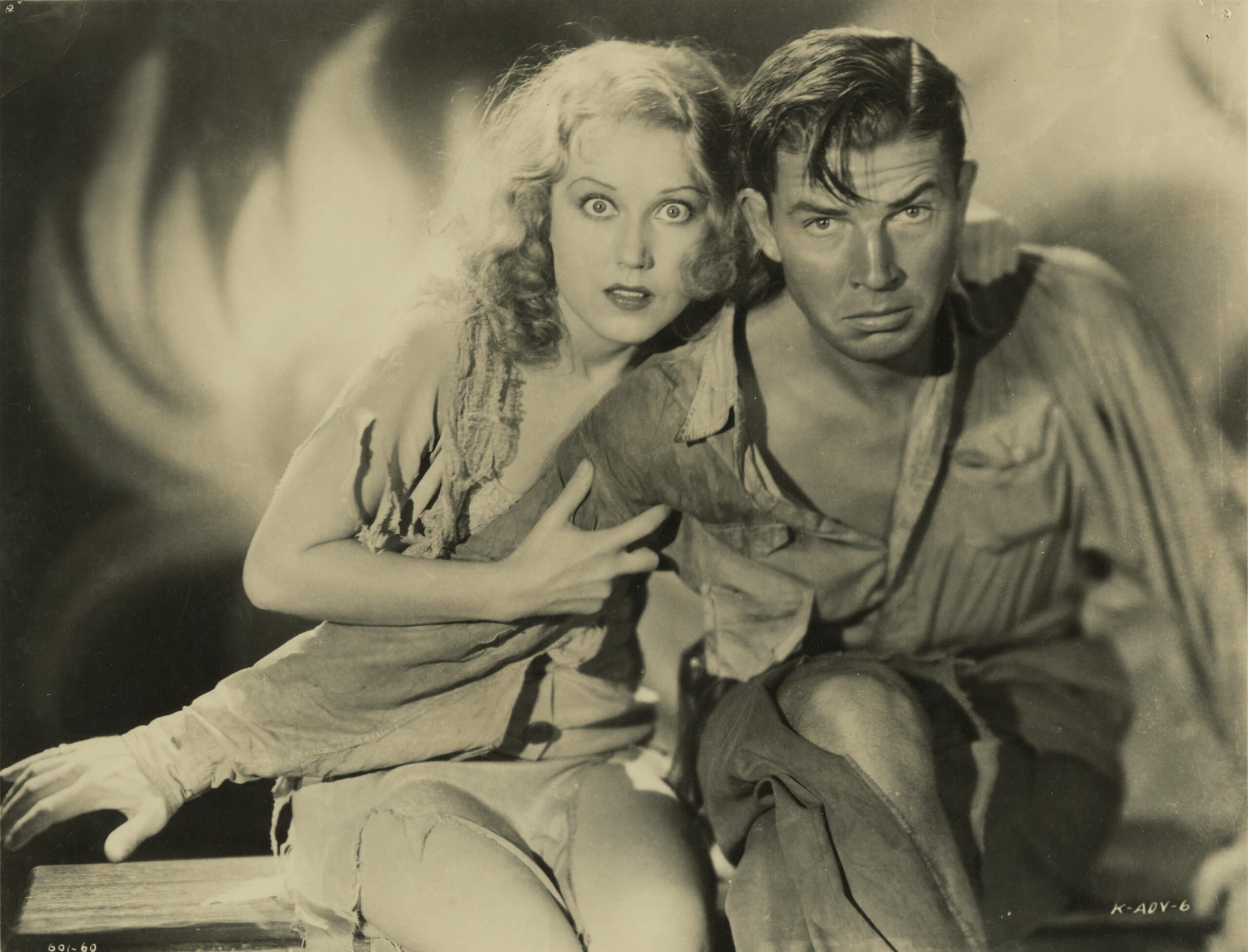
And so our summer of love comes to its climax, winds up, reaches its peak, with King Kong. King Kong belongs in that artistic category which highbrow critics find most difficult to deal with–immensely popular, but is it art? Still, as Northrop Frye has noted, it is in such popular, unpretentious art that we get an uninterrupted view of the archetypes. So what are they here? The nature of the metaphors I used in my opening sentence suggest that the content of the principal fantasy underlying the film: most obviously, King Kong appeals because, like all the best monster movies, it presents the monster as an objectification or projection of some common touch of humanity. Denham’s final view that “it was beauty that killed the beast” reminds us that Kong is Denham’s beast, the sexual alter ego who enacts towards Ann what Denham, the misogynist great white hunter, cannot or will not enact directly. Kong is man’s sexuality out of control, he is even, at worst, “a white man’s sick fantasy of the Negro’s lust to ravish white women” (anticipated by the Southerner Poe a century before in “The Murders in the Rue Morgue”). And on other psychic levels, as well as invoking sympathy for the lovesick Kong himself, the film also attacks the Frank Buck mode of raping the wilderness for commercial gain; it upholds the wilderness (or even country) values that Kong represents by attacking those of the impersonal city, from which Ann is rescued by Denham at the beginning, but where Kong is imprisoned and destroyed at the end.
The only picture which comes readily to mind as a cult film of the proportions of King Kong is Casablanca, made ten years later. Both are very much of their times, Casablanca being released, fortuitously, at the same time as the Big Three meeting in that city, but embodying archetypes at once recognizable as of 1943: the uncommitted American wo will shortly be committed, the indomitable European patriot, the Frenchman who blows with the wind from Vichy or Free France, the assortment of dislocated nationalities–what is Casablanca but a parable for America on the verge of full international commitment? But King Kong is not only of its time; it is also, as the range of interpretations suggest, timeless. As a parable of its period (Denham picks Ann, starving and penniless, off the streets of Depression New York), King Kong might suggest the frustrations of an America held down by urban regulation and squalor–again the theme of Kong’s individualism being held in check by money-grubbing capitalism. But as a parable for all periods, King Kong is a version of everybody’s nightmare (which might explain the changes in relative size the great ape seems to undergo). As well as embodying sexual fantasies of universal meaning–for Denham is everybody–it conjures up a monster more terrifying than its two great cinematic contemporaries, Frankenstein’s monster and Dracula; but because the first of these is a parody human being, and the second a spectre, Kong is the most readily identified with of the three.
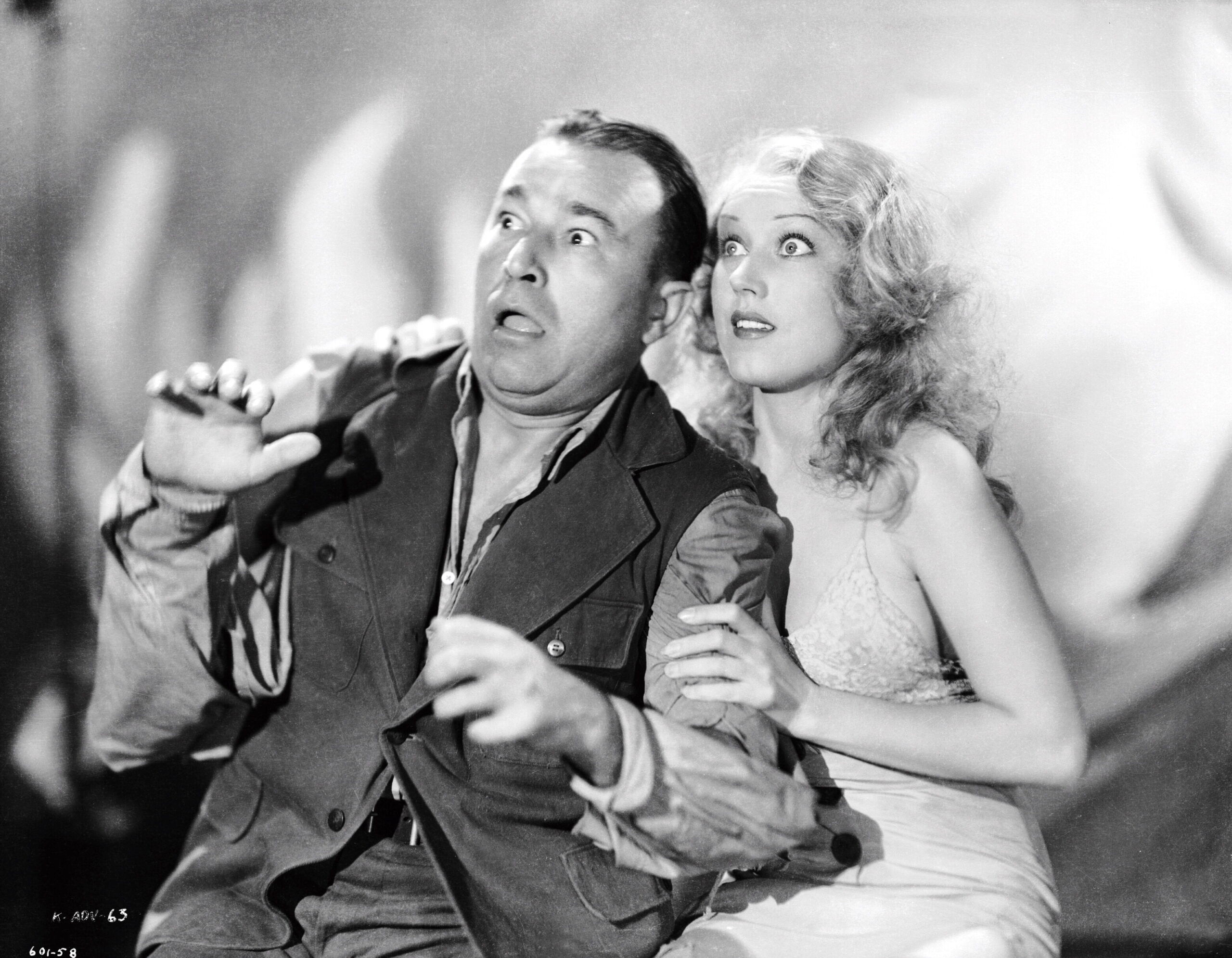
But ultimately, like Rick and Ilse and Victor and Louis, Kong and Denham and Ann belong to a timeless world of the imagination where Fay Wray’s screams echo for ever and where Kong is forever (despite what the film may tell us) wrapped around the Empire State Building. The film, like its star, the eighth wonder of the world, is an icon of popular culture with a life of its own.
Notes by Barrie Hayne

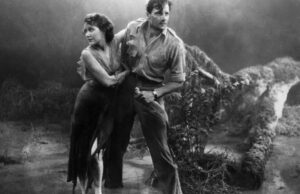
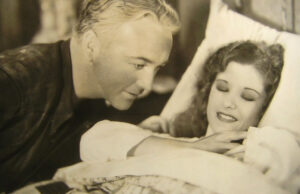
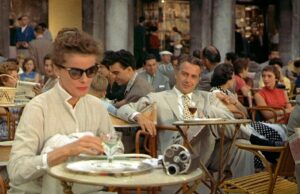






Leave a Reply